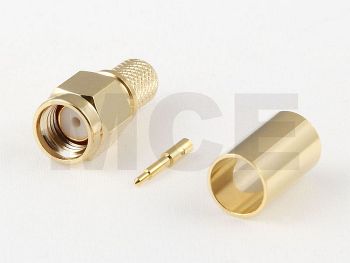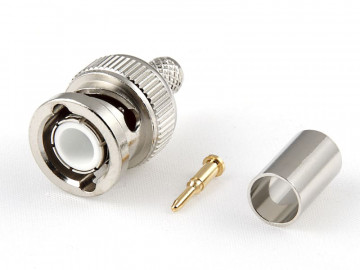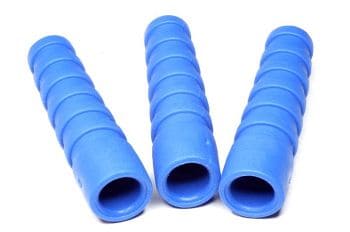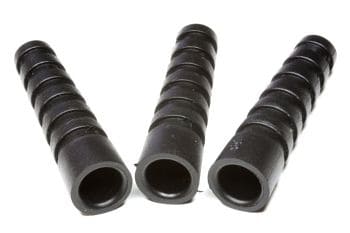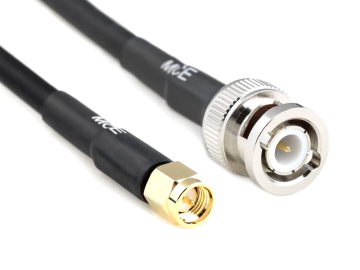CLF 240 PE - 50 Ohm Low Loss Coaxial Cable
delivery time: Betriebsferien bis 04.01.2026 - danach 2-5 Tage
Product.Nr.: 1010731
weight: 0.046 kg
Manufacturer: MCE Mauritz Electronics
Business customers graduated prices after
registration in the login with your VAT ID.
EUR
2.11
2,11 EUR
(2,11 EUR pro Meter)
incl. 19 % VATexcl. shipping costs
Discount
| Quantity | Single price | Saving | pro Meter |
|---|---|---|---|
| 1-24 | 2,11 EUR | 2,11 EUR | |
| >= 25 | 2,03 EUR | -3 % | 2,03 EUR |
The selected quantity can be changed at any time in your shopping cart.

